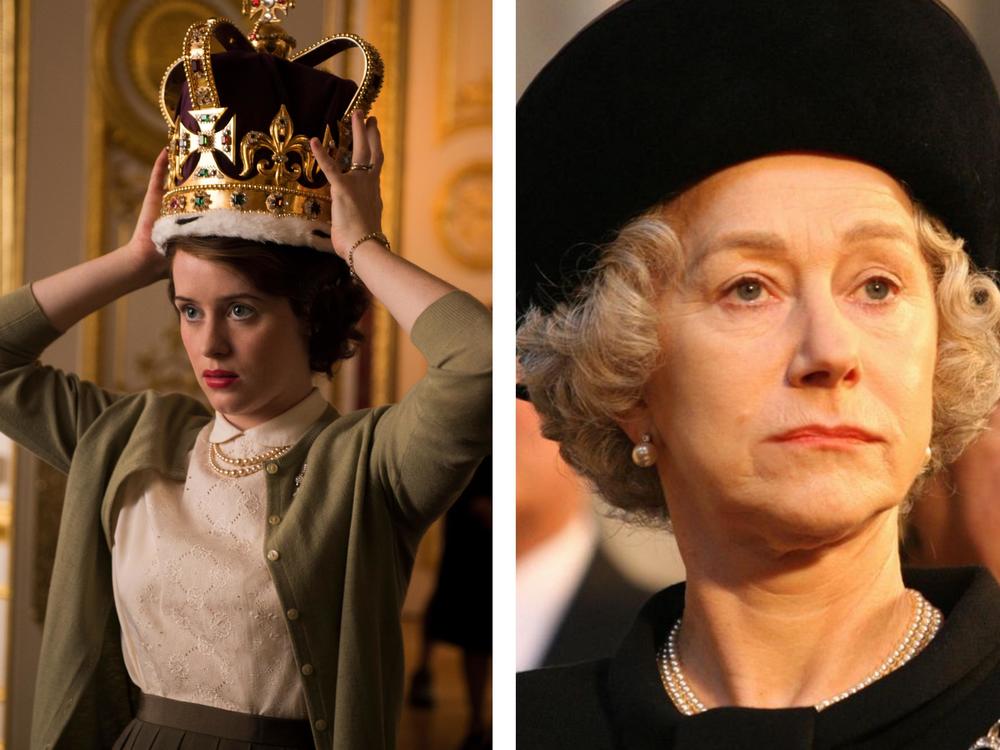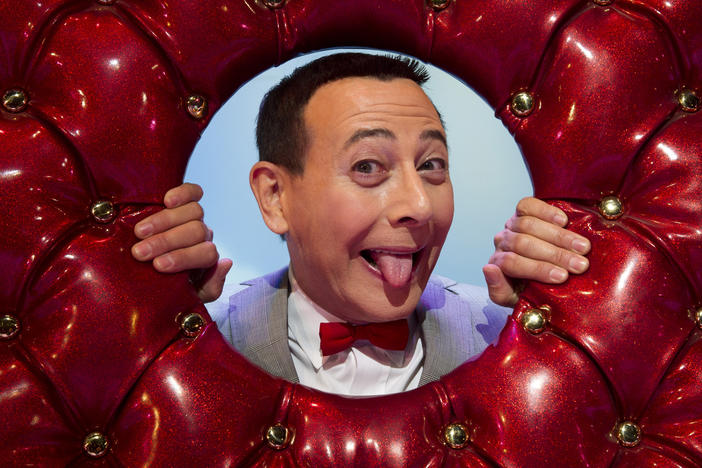Section Branding
Header Content
For decades, the media struggled to capture Queen Elizabeth II
Primary Content
"I didn't get a picture of her. I was so mesmerized."
When I stood on the street outside Westminster Abbey in 2011, wedged into a crowd watching the arrivals and departures at the wedding of Prince William and Kate Middleton, smartphones and digital cameras were everywhere. People held them up to take pictures of nothing, of everything. Of the horses, the carriages, the other people, and the waving Will and Kate pennants. They struggled to get their cameras positioned so they weren't blocked by other people's cameras. Were they tall enough, could they bend enough, could they reach far enough to get the shot?
But the gray-haired woman near me who had been handing out snacks and chattering excitedly the entire time missed the photo she wanted the most: She didn't get a shot of the queen passing by in her carriage. And it wasn't because she wasn't ready. It wasn't because she wasn't looking.
A little shocked and a little dejected, she admitted it was simply that she was "mesmerized."
The most important caveat about the royalty-adjacent emotions I saw that day is that of course this is not how all Londoners or all English people — let alone all of Queen Elizabeth's subjects — felt about her. But it is the way a particular slice of the population reacted to her. It felt kind of similar in sheer magnitude to the way some Americans are about celebrities they admire, like actors and musicians. But there's a degree of tradition associated with this reverence, and a degree of formality and distance, that isn't like the devotion to Beyoncé or Chris Evans or whomever. You don't see the queen dancing on TikTok or selling a new activewear line on Instagram.
For many, Elizabeth was the monarchy
The United States really doesn't have anything like it, which is perhaps why some Londoners will grouse about how Americans are more impressed by and more obsessed with the British royal family than British people are. After all, Americans aren't burdened with the costs and political problems and the other pains of maintaining a monarchy; they get to look at princes and princesses in real life much like they would on television — as an aesthetic and a story. That's part of why the positioning of Queen Elizabeth II in pop culture is such a big part of how Americans saw her.
Elizabeth II became queen in 1952, almost 20 years before I was born. She wasn't just queen for all my life; she had been queen since my parents were teenagers. By the time I became pop-culture aware, Queen Elizabeth II was the British monarchy. There are fewer and fewer living memories anymore of the monarchy before her, without her. How popular culture engaged with her was a huge part of how it engaged with the entire idea of a queen — an English queen or any other one.
Elizabeth herself, in cultural representations both American and not, was a figure who could be stern or kind, tragic or comic, opaque or transparent. Much of The Crown has been devoted to unwinding her life to explore her humanity, how the woman she was from the moment of her startlingly young ascent to power informed the monarch she was. That's why the portrayal of her has been handed off from actress to actress, from Claire Foy to Olivia Colman to Imelda Staunton.
But there were other portrayals, too. In The Queen, Helen Mirren played her as a woman so preoccupied with protecting her family and the institution of the monarchy, and so removed from her subjects, that she couldn't initially understand the public response Princess Diana's death would draw. Mirren's portrayal, for which she won an Oscar, was both sympathetic and damning. It posited that Elizabeth was, through her training and the sense of duty that defined her life, simply unprepared for the depth of feeling she encountered, and surrounded by no one who could help her navigate it. Her only help comes from Tony Blair (Michael Sheen), who in the film is her savior precisely because he learned to pursue popularity outside the monarchy.
The focus on palace intrigue in most of these constructed images of her meant, among other things, that they rarely considered her from the point of view of ordinary people inside England, let alone, for instance, those harmed by the monarchy's long history of colonization. Reactions to the news of her death underscored how strikingly different her story may look if she's seen less as the head of a family touched by tragedy and more as the figure who still represented what had been the British Empire.
Elizabeth, in relation to Diana
In Pablo Larraín's Spencer, Elizabeth was a forbidding presence hanging over the entire film who broke through with cryptic words of wisdom for Kristen Stewart's Diana, but only in a single scene. For the most part, she is silent, foreboding, the embodiment of the institution Diana fears, in which she feels trapped.
In fact, the popular vision of Diana had such gravitational pull that it changed the shape of Elizabeth's own cultural orbit, even long after Diana herself was gone. Magazines, newspapers, television — they were all obsessed with Diana, from her emergence to her wedding to her divorce and her death. Ever since, the British monarchy has often been portrayed through lenses that focus on how it treated and damaged and misunderstood Diana: The Queen, The Crown, Spencer, even the recent Diana: The Musical, in which Elizabeth is a tragicomic grandmother whose fixation on duty overwhelms a basically kind nature, to Diana's great detriment.
As much as the real Elizabeth might have hoped to move on from that preoccupation, it has echoed in the stories of Diana's sons, and in their agony over the manner of her death. Over time, the two princes took two different paths, and their proximity to or their distance from popular culture shows it: There is William, who will presumably become king, who has remained largely on the path of distance and formality that his father and grandmother set for him. Then there is Harry, who has not.
Harry, who has hung out with James Corden, who married an American actress, who has been candid about mental health and his strained relationships with some members of his family in a conversation with Oprah — one of the few women whose influence on popular culture in the last 30 years can rival his mother's. And so now, much of the pop-culture interest in Elizabeth centers on her interactions with Harry and Meghan. Over and over, film and television have seen Elizabeth as, in some manner, Diana's antagonist, regardless of how true that was or was not.
For his part, Harry has seemingly tried to separate his grandmother as such person from "the firm," the institution of the monarchy that operates alongside her. But nevertheless, Diana's embrace of a public image that included dancing and fashion and being friends with Elton John had a profound effect on the pop-culture portrayal of Elizabeth herself — and certainly on portrayals of Prince Charles. She might otherwise have remained a figure of some remoteness, without a contemporary story hook to drive a film like The Queen or a series like The Crown.
It's perhaps ironic that pop culture will always be a profoundly incomplete way to view someone like Elizabeth, whose 1953 coronation the BBC calls "the event that did more than any other to make television a mainstream medium." Television may have brought her into people's homes in a new way, but the media would struggle to capture her for decades, though it never stopped trying. Pop culture may not have ever quite gotten the shot, but always, it was mesmerized.
Copyright 2022 NPR. To see more, visit https://www.npr.org.
Bottom Content




